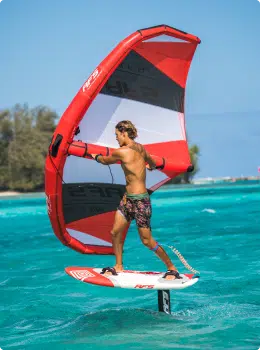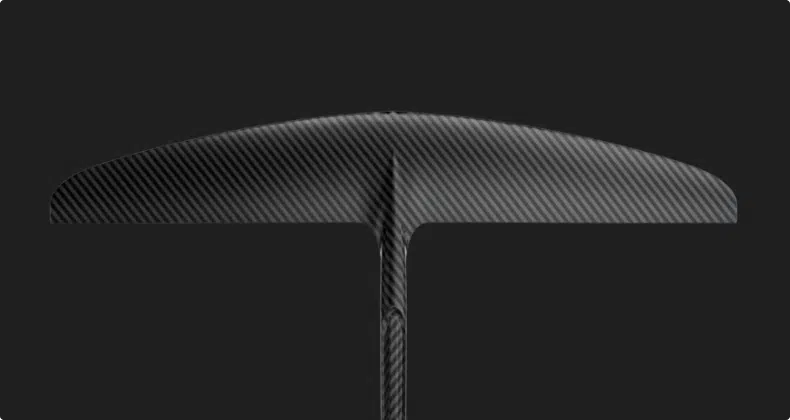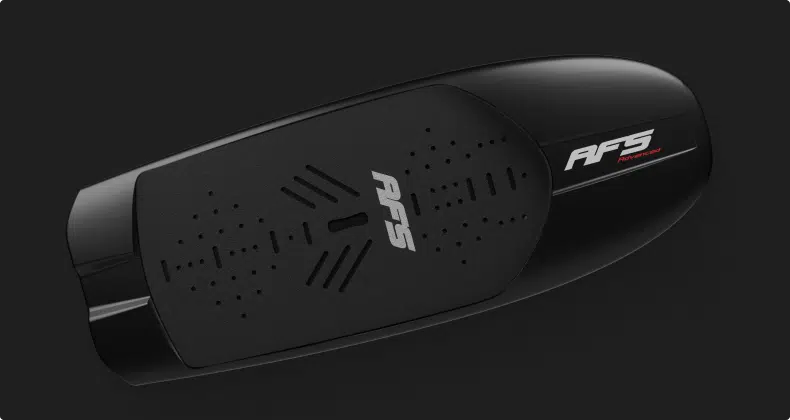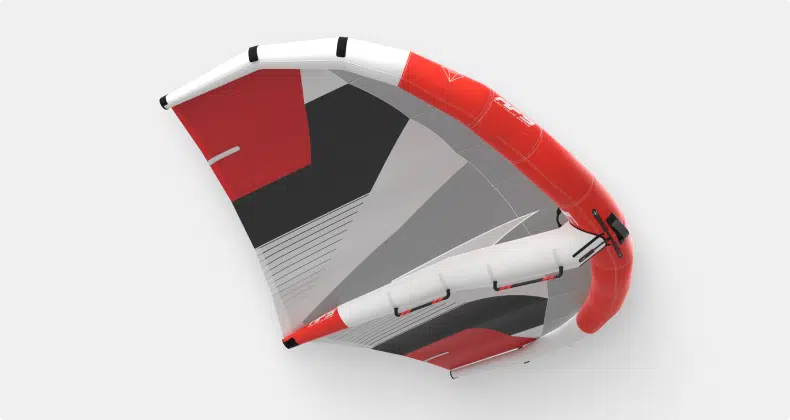Which size? For beginners in foiling, masts between 65 cm and 75 cm are recommended for use on flat bodies of water. These masts can also be suitable for experienced riders in shallow spots. Once the stages of flight are mastered, it is possible to move on to longer masts.
Masts of 80/85 cm offer more comfort and maneuverability in flight, making maneuvers easier.
Masts of 90 cm and 100 cm increase the angle of attack. They are recommended for experienced wingfoilers, as they offer an increase in speed, precision, and control of the wing.
HR, HM, and UHM, what is that? A carbon fiber is characterized by its Young’s modulus, which, to simplify, corresponds to resistance to deformation (stiffness). The higher the Young’s modulus, the stiffer the fiber will be but also the more expensive. Today, we can classify carbon fibers in terms of stiffness in this order:
- Normal Carbon (often when not specified, it refers to this type of carbon)
- HR Carbon (High Resilient)
- HM Carbon (High Modulus)
- UHM Carbon (Ultra High Modulus)
Moreover, a mast is also characterized by its thickness and width (which is called chord). Thus, for equal thickness, height, and width, an HR carbon mast will be less stiff than a UHM carbon mast.
In parallel, reducing the thickness and chord of a mast will provide more glide. A high-performance mast will seek these extremes. If the fibers are not modified, then stiffness is lost. That is why to compensate for this, work is done with HM and UHM carbon fibers.
Today, for example, in our AFS range, an HR Carbon, HM Carbon, or UHM Carbon mast have roughly the same stiffness. However, they have different chords and thicknesses.









